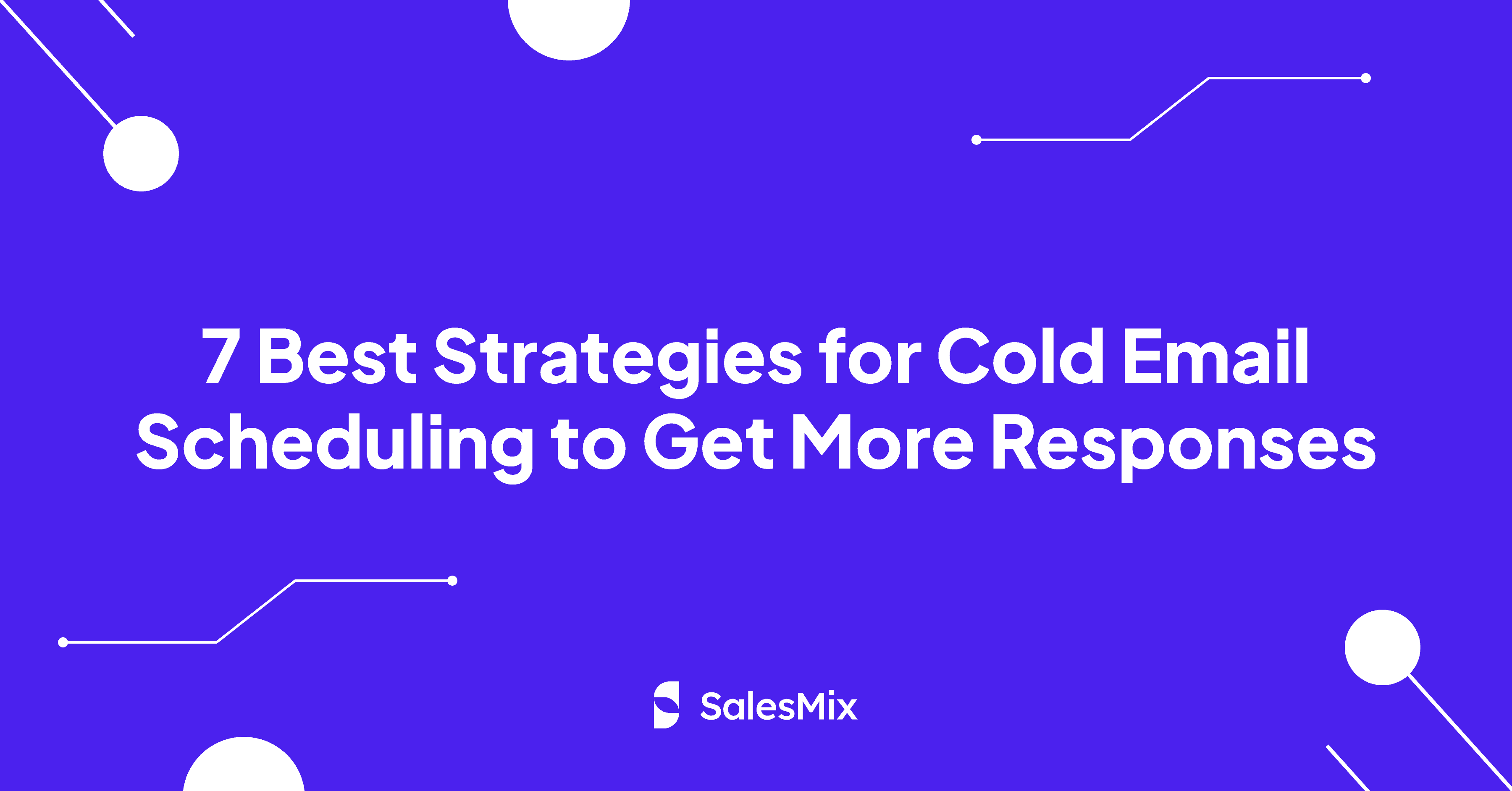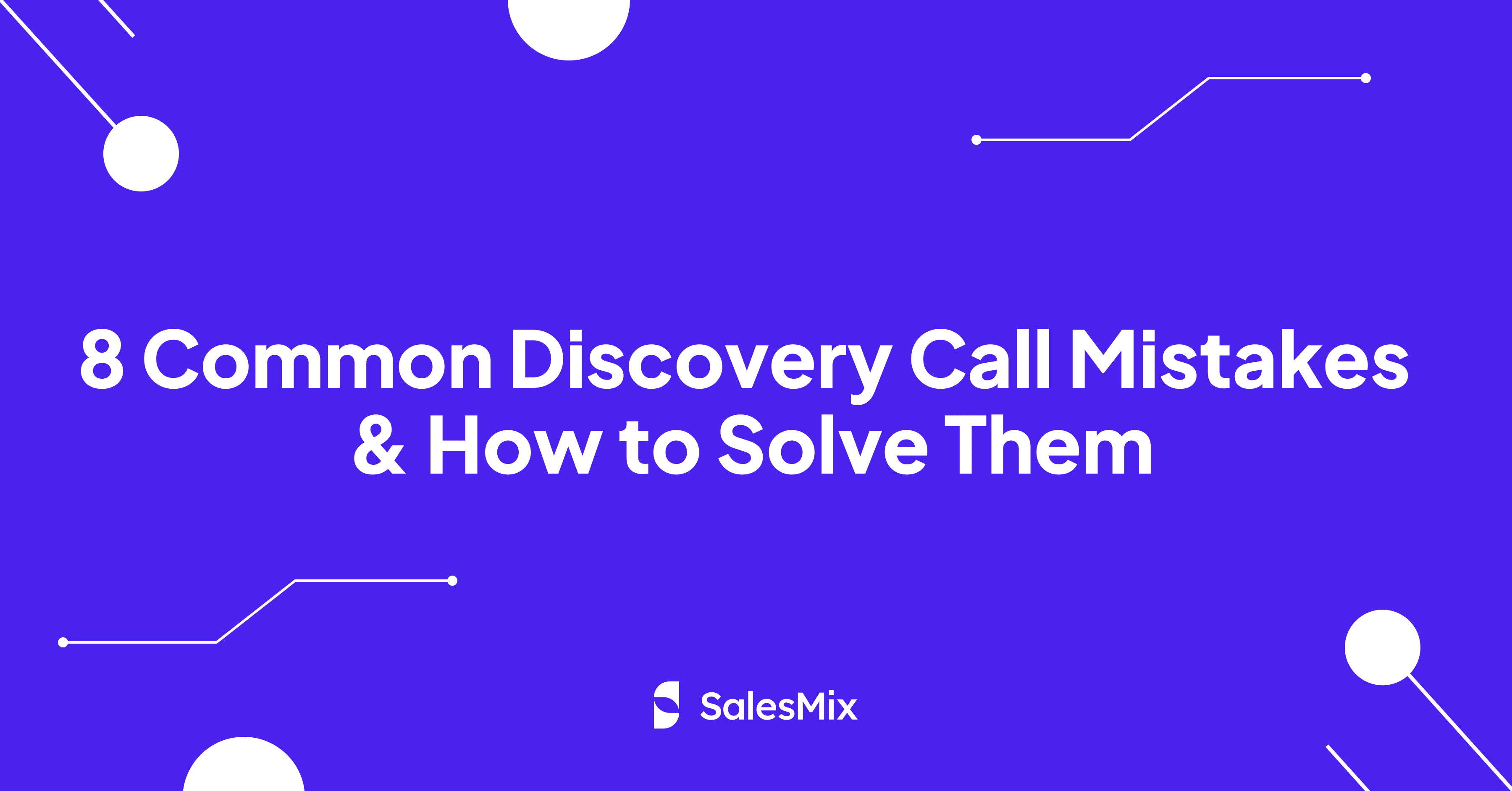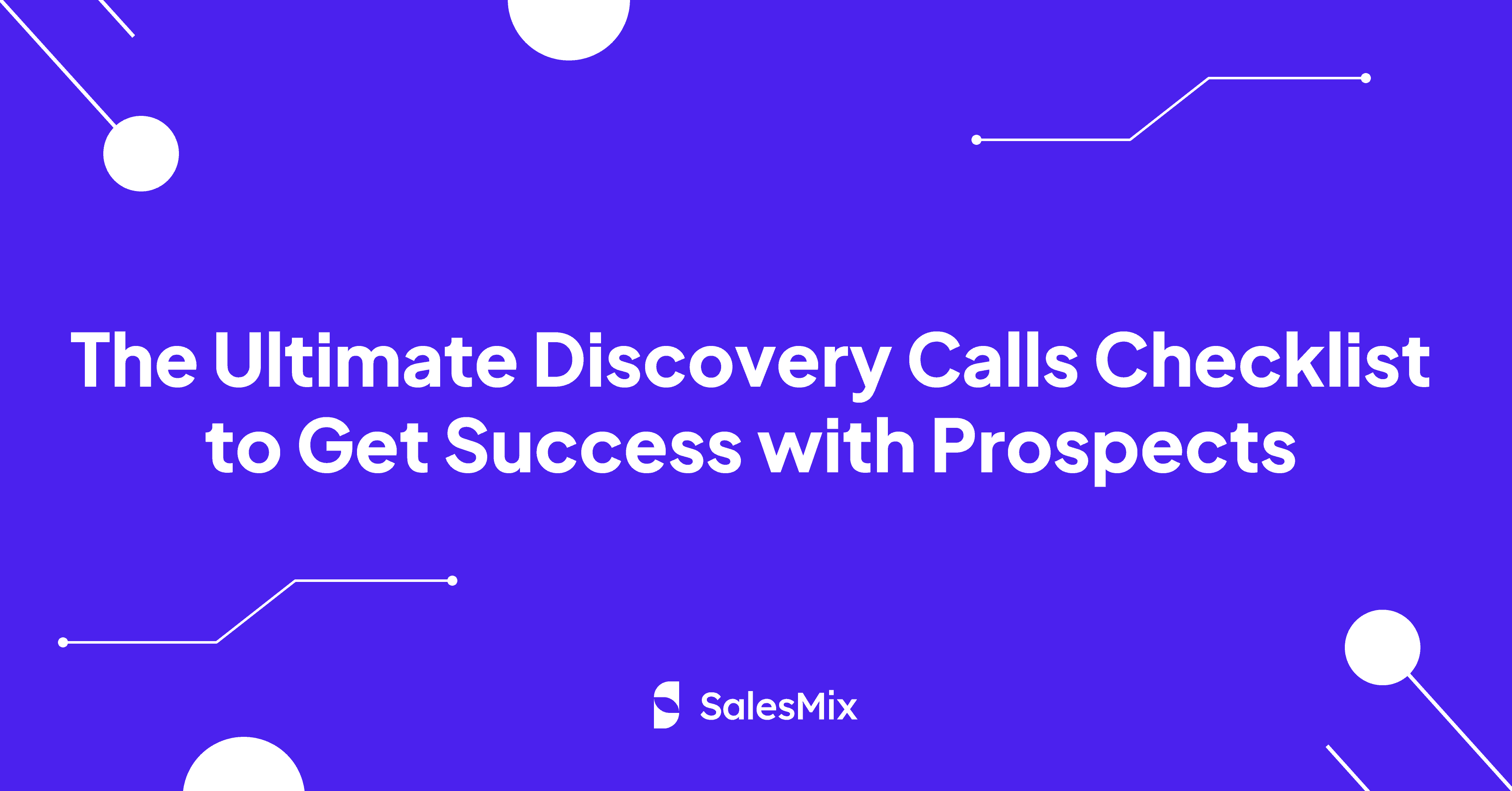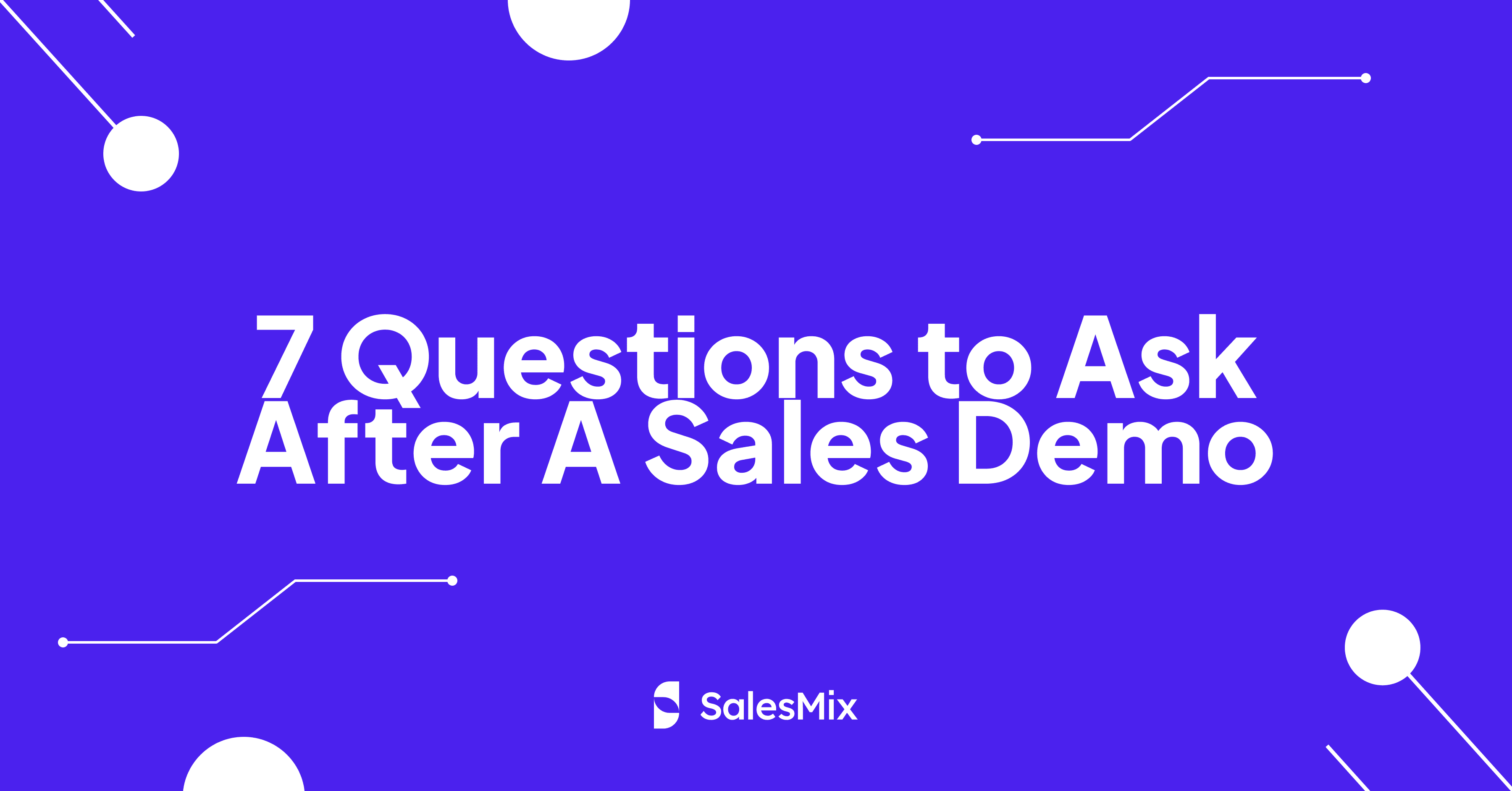Table Of Contents
Let’s face it: our inboxes are battlegrounds, with countless emails fighting for attention. So, how do you ensure your email survives and thrives in such a competitive space?
It’s all about timing, precision, and smart technology. It requires you to understand the best practices of cold email scheduling – which days of the week to send your pitches and what time of day when your email is most likely to be opened.
This isn’t just about guessing games; it’s about making informed, data-driven decisions that increase your open and response rates. Throughout this discussion, I will help you explore practical, actionable strategies you can implement immediately to enhance your cold email effectiveness.
Why is Cold Email Scheduling Important?
When running a B2B SaaS company, every communication you send out serves as a touchpoint that moves a prospect closer to a conversion or risks losing interest. That’s where the power of cold email scheduling comes into play.
Imagine you’ve developed an innovative solution that streamlines project management. You’re excited to share it with potential clients, but if your email lands in their inbox at 6 PM on a Friday, what are the chances it will be promptly read or remembered by Monday? Here lies the crux of why cold email scheduling is crucial. It lets you strategically send your emails when they’re most likely to be seen, read, and responded to.
Cold email scheduling helps you avoid the deep void of weekend inboxes or the dreaded Monday morning email purge. By targeting specific times when engagement rates are historically higher—like mid-morning on a Tuesday or Thursday—you can increase the visibility and effectiveness of your outreach efforts.
Furthermore, cold email scheduling helps maintain consistency in your communications with automated follow-up emails, which is vital for building familiarity and trust with your prospects. It ensures your messages are sent regularly and without fail, even when you’re swamped with other responsibilities.
Top 7 Tips for Effective Cold Email Scheduling
Let’s look at some of the best strategies you can get your hands on to ensure an effective and automated scheduling for your cold email campaign.
1. Identify the Best Times to Send Emails
Timing is more crucial than we often realize. Your prospects are just as swamped as you are. Hitting their inbox when they’re most likely to check it can make a world of difference. You can’t just fire off emails whenever you have a free moment and expect not to get a disappointing response rate.
For B2B outreach, weekdays are generally your friend. Mondays are usually chaotic, with people catching up from the weekend, and by Friday, everyone’s mentally checked out. That sweet spot? Tuesdays, Wednesdays, and Thursdays.
Things get more subjective to the industry’s case if you want to get a bit more specific. For me, scheduling emails to land around 10 AM in the recipient’s time zone worked. My friend, Lisa, who is working for a Product Management SaaS saw a nice uptick in engagement by scheduling her emails right around 2 PM – post-lunch but before the afternoon slump kicks in.
Don’t forget about time zones, especially if you’re reaching out to international prospects. Sending an email at 9 AM your time might mean it’s hitting their inbox at midnight, which won’t be of much benefit to you.
At the end of the day, it’s about being strategic. You’re putting effort into crafting these emails; ensuring they land at the right time is just as important. So before you hit ‘send’ on your next outreach
2. Segment Your Email List
You can break down your prospect list into key segments based on industry, company size, and job roles. For example, you can group tech startups separately from enterprise companies and CEOs separately from product managers. This way, it’s easier for you to tailor the cold emails to address their specific pain points.

Segment prospects in SalesMix
You should begin by gathering relevant data. When collecting leads, you need to capture essential information like industry, job title, and company size. Tools like LinkedIn Sales Navigator can help you fill in the gaps. You can also leverage tags and categories in your CRM to organize contacts.
The next step is to create targeted messages for the multiple segments you will create. These emails need to speak directly to each segment’s needs. For CEOs, maybe focus on ROI and growth potential. For CTOs, highlight technical integrations or security features.
Use personalization tokens wherever possible by inserting names, company info, or mutual connections. Ensure your data is clean to avoid embarrassing mistakes like “Hi [First Name].”
For instance, when I started sending emails to product managers in mid-sized tech companies, I focused on how our software could streamline their development process and reduce time-to-market. One product manager replied, “It’s like you read my mind—we’ve been struggling with delayed launches for months!”
Don’t underestimate the power of small segments, either. Even dividing your list into just a few key groups can significantly boost engagement. And it’s not just about higher open rates; it’s about starting meaningful conversations.
3. Personalize Your Email Timing
Not everyone checks their email at the same time, right? So, you need to start digging into your CRM data and look at when different prospects are opening and engaging with your emails. You will see some patterns emerge. For example, in my case, people in creative roles tended to open emails later in the morning, while folks in operations were more responsive early in the day.
You should analyze past interactions to see when you are getting replies from your prospects. It’s also advisable to consider the prospect’s role and routine. A CEO might check emails first thing in the morning, while a developer might be more active late at night.
The most important thing is not to be afraid to experiment. Send emails at different times to see what gets the best response. Over time, you’ll build a profile for each contact.
It’s like catching up with friends – you wouldn’t call them when you know they’re busy or asleep. The same logic applies here. By aligning your email timing with your prospect’s schedule, you show that you understand and respect their time. Plus, your email is more likely to be seen and responded to.
4. Avoid Weekends and Holidays
Sending cold emails on weekends or holidays is like knocking on someone’s door when trying to relax with family or catch up on personal time. Chances are, your email will not only go unnoticed but might also annoy the recipient. This could tag your future emails as weekend interruptions, pushing them straight to the dreaded spam folder or trash bin.
You want your message to reach your prospect when they are in their professional mindset, plugged into their workflow, and ready to consider new tools or solutions—typically mid-week. Research and data from various email marketing platforms consistently show that emails sent on Tuesdays and Thursdays get the highest engagement rates.
Be mindful of national and significant regional holidays, too. Sending an email over a holiday can have the same negative impact as weekend sends. This isn’t just about respecting downtime. It’s about understanding and integrating into the professional rhythm of your target audience. For instance, if you’re targeting prospects in multiple countries, keep a calendar of public holidays marked.
5. Match Email Urgency with Timing
It’s about when you send your emails and how the timing reflects your urgency. Getting this right can significantly boost the impact of your outreach efforts.
Imagine you have a special offer that expires soon or a webinar that’s happening in just a few days. These emails have an inherent urgency that needs to be matched with immediate and strategic timing. If you send out an invitation for a webinar that’s happening tomorrow and send it a week in advance, the urgency is lost by the time the event is near.
The key is to schedule these urgent emails to hit the inbox when they can spur action. A lead time of a couple of days typically works best for something happening soon.
6. Continuously Test and Optimize Your Schedule
Let’s explain how to do this effectively to boost your engagement rates. Think about the last time you ran a campaign. Did you check the open and response rates for emails sent on different days or at different times? If not, you might have missed out on identifying the most potent times to reach your audience.
Once you’ve got a baseline, it’s time to get into the nitty-gritty of A/B testing. This doesn’t mean changing your entire approach all at once. Start small: adjust the send times by an hour, or try a different day of the week. Monitor how these tweaks affect your open rates.
Remember, this is about finding what resonates specifically with your audience. What works for a startup may not work for a more established company, and vice versa.
7. Leverage Automation Tools
First off, automation tools are not just about sending emails on autopilot. They’re about smartly timing those emails based on data-driven insights to ensure they land in your recipient’s inbox at just the right moment. This means you’re not shooting in the dark; you’re strategically placing your messages when they’re most likely to get opened and read.
Imagine setting up a campaign where your emails are automatically sent based on the recipient’s behavior or a preset optimal time you’ve determined from past engagements. Tools like Mailchimp, HubSpot, or Outreach give you the power to do just that. They track when your emails are opened, which links are clicked, and even when people are most active on their devices. Using this data, you can tailor your follow-up emails to strike while the iron is hot, increasing your chances of a response.
Let’s talk about personalization because it’s a key part of making automation work for you. These tools allow you to segment your audience and send tailored messages that resonate with each group’s specific needs and behaviors. For instance, if a segment of your prospects often opens emails in the evening, you can automate your emails to reach them during their preferred times.
Implement Your Cold Email Scheduling Strategy with SalesMix
Effective cold email campaigns hinge not only on the content but also on the timing of each email. SalesMix enhances your email marketing strategy by enabling precise scheduling of your cold emails, ensuring they are sent at the most reasonable times.
This functionality aligns your emails with the recipient’s time zones from anywhere worldwide and allows you to specify the exact days and even the time frame within which your emails should be sent.
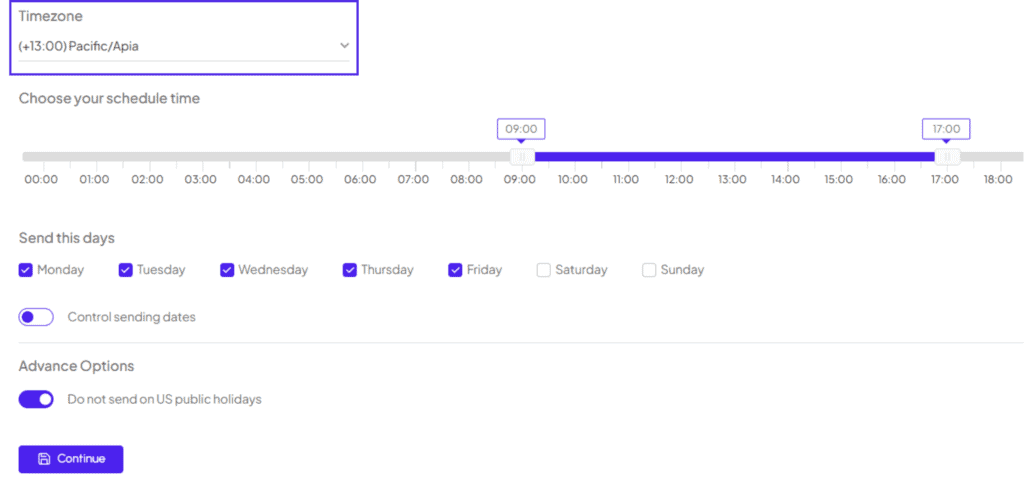
Cold Email Scheduling in SalesMix
With SalesMix, you can create multiple workflow sequences, allowing for tailored approaches for different segments of your audience. Each sequence can have different scheduling preferences based on each prospect segment’s specific behaviors and likely availability. It ensures that every segment receives your emails at a time that increases the likelihood of engagement based on data-driven insights into their habits.
Moreover, SalesMix provides the option to avoid sending emails on US public holidays – a simple yet effective feature that prevents your emails from being lost in the holiday shuffle. This thoughtful consideration can significantly increase the chances of your emails being noticed and acted upon when business resumes.
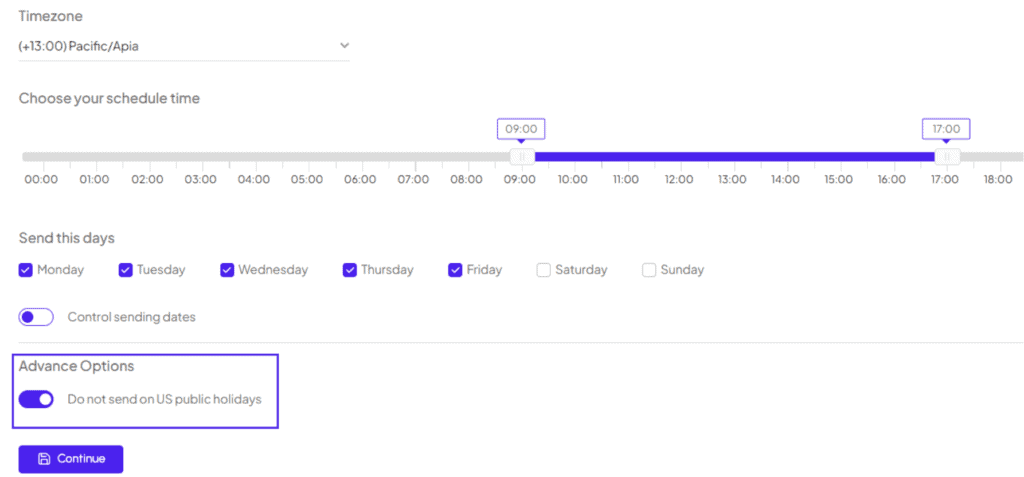
Avoid cold email scheduling on US Holidays with SalesMix
Another critical feature that complements your automated scheduling of cold emails is SalesMix’s pre-send testing capability. This tool checks that your emails are properly configured to avoid landing in spam folders, a common pitfall that can derail even the most well-crafted email campaign.
Conclusion
In the relentless pursuit of catching your prospect’s eye, timing is not just a detail – it’s arguably the centerpiece of your cold email outreach strategy. Whether choosing the right weekday to avoid the Monday frenzy or the Friday wind-down or understanding the perfect time of day when your prospect is most likely to engage, each email sent is a calculated step towards higher engagement.
Throughout our discussion, the goal has been clear: to equip you with strategies that are not only actionable but also steeped in real-world practicality. By integrating these scheduling tactics, you are set to transform your cold email campaigns from hit-and-miss to hit-after-hit.

